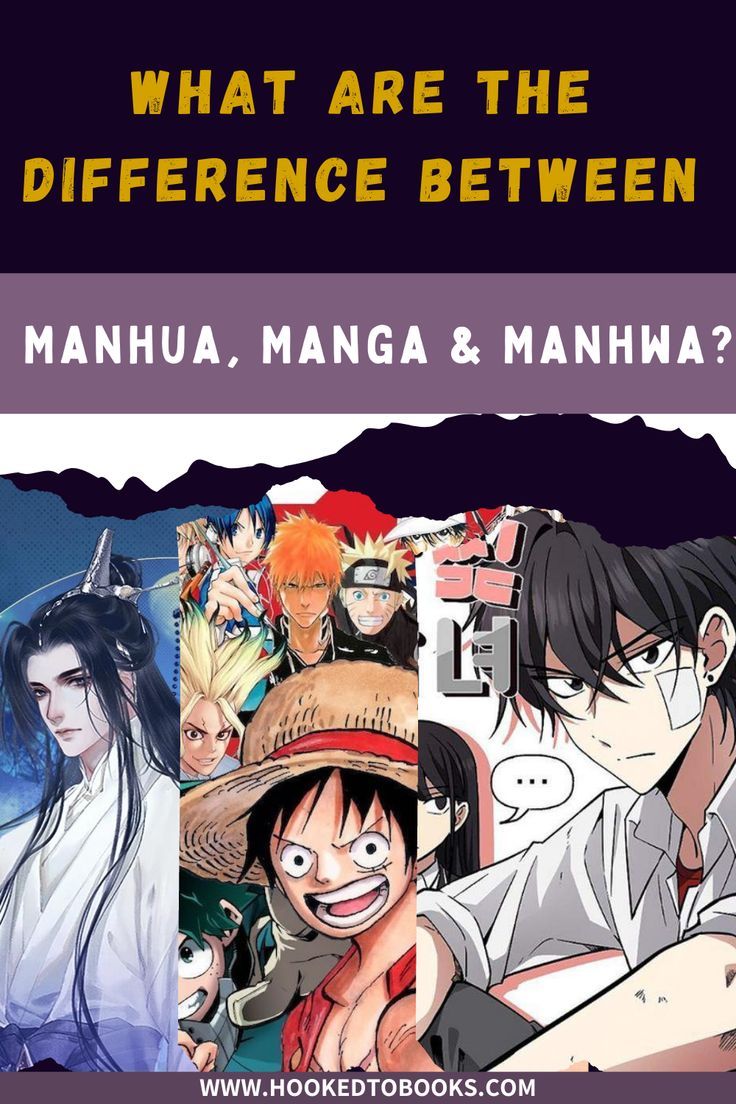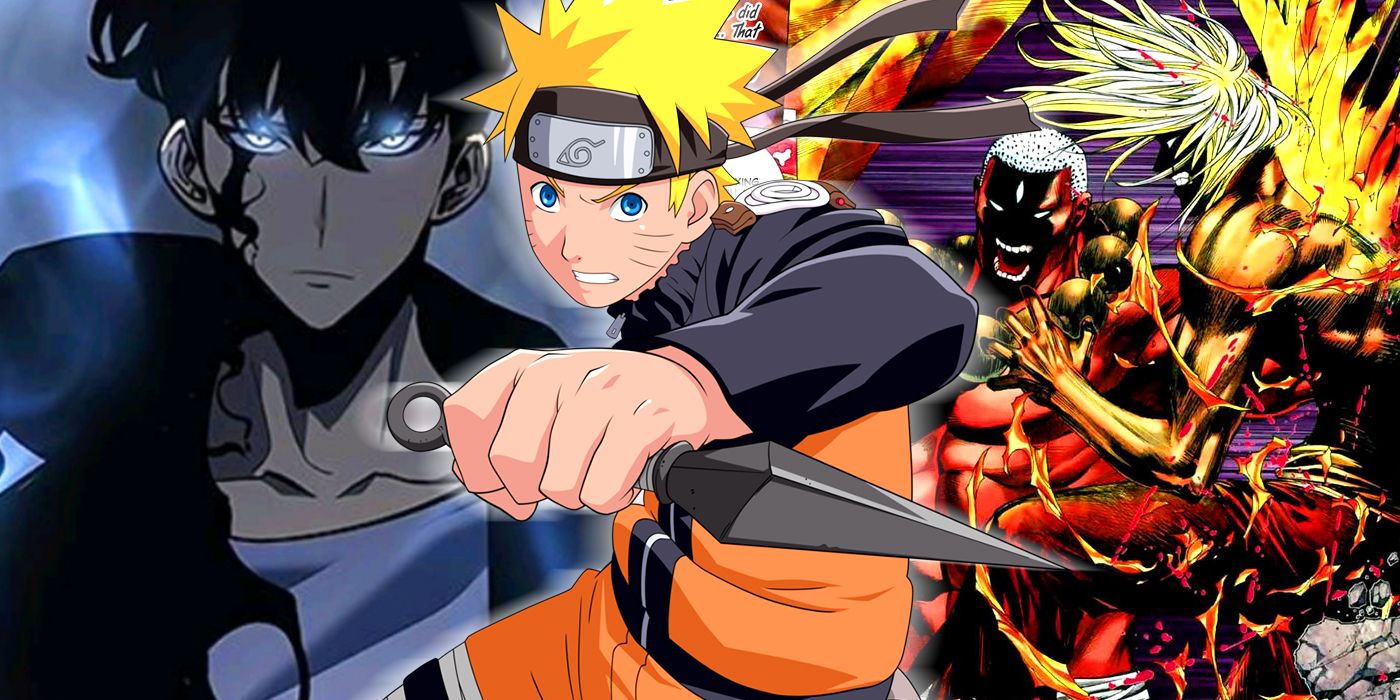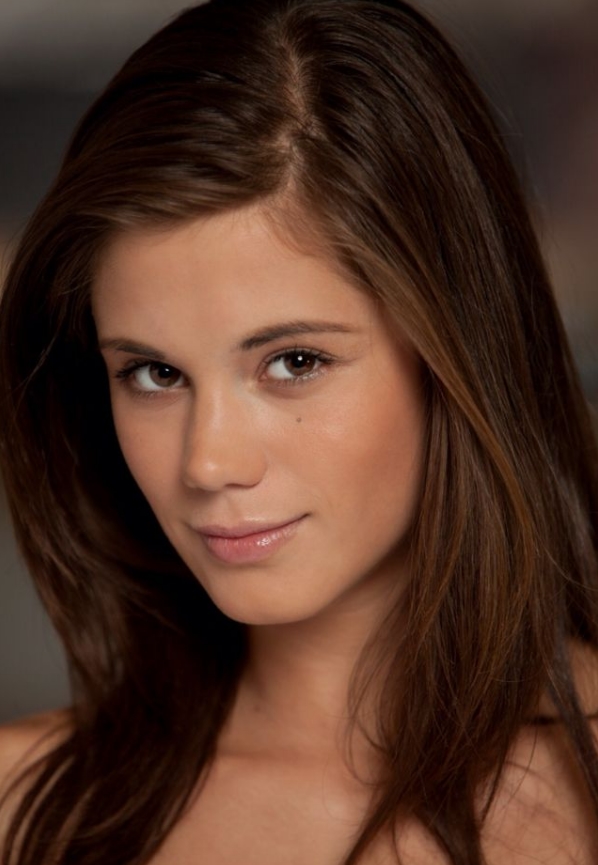What's The Difference Between Manga And Manhwa

The terms "manga" and "manhwa" are often used interchangeably by those unfamiliar with the nuances of East Asian comics, but they represent distinct artistic traditions with unique characteristics and historical contexts. Understanding the differences between manga and manhwa is essential for appreciating the rich diversity of comics from East Asia.
Manga: Japan’s Gift to the World of Comics

Manga, a Japanese word meaning “whimsical pictures,” is a style of Japanese comic books and graphic novels that has captivated audiences worldwide. With its rich history spanning centuries, manga has evolved into a highly influential art form, impacting not only the world of comics but also animation, film, and popular culture.
History and Cultural Significance
Manga’s roots can be traced back to the 12th century, with the earliest known example being the Chojugiga, a scroll depicting humorous scenes of animals engaging in human activities. However, it was in the post-World War II era that manga truly flourished, becoming an integral part of Japanese popular culture. During this time, manga reflected the social and political changes in Japan, offering diverse narratives that appealed to a wide range of readers.
One of the key factors contributing to manga's popularity is its ability to cater to diverse interests and age groups. Manga covers a vast array of genres, from adventure and romance to science fiction and historical drama. This versatility has allowed manga to transcend cultural boundaries and find an enthusiastic global audience.
| Genre | Description |
|---|---|
| Shonen | Action-packed stories aimed at teenage boys, often featuring heroic characters and intense battles. |
| Shojo | Emotionally driven narratives targeting teenage girls, focusing on romance, friendship, and personal growth. |
| Seinen | Manga for adult men, often exploring complex themes and mature storylines. |
| Josei | Targeted at adult women, josei manga offers realistic depictions of adult life and relationships. |

Artistic Style and Narrative Structure
Manga’s artistic style is characterized by dynamic compositions, expressive characters, and detailed backgrounds. Artists employ a range of techniques, from intricate pen work to bold brush strokes, to create visually stunning panels. The narrative structure often involves intricate plotlines, complex character development, and the use of symbolic imagery to convey deeper meanings.
One unique aspect of manga is the panel layout, which allows for innovative storytelling. Artists can experiment with different panel sizes and shapes, guiding the reader's eye and enhancing the narrative flow. This flexibility in panel design adds a dynamic element to manga storytelling, engaging readers in unique and immersive experiences.
Manhwa: South Korea’s Distinctive Comic Tradition

Manhwa, the Korean equivalent of manga, has its own rich history and distinct characteristics. While manga and manhwa share some similarities, they also exhibit unique stylistic and narrative differences that reflect the cultural and artistic traditions of their respective countries.
Historical Development and Cultural Context
Manhwa’s history can be traced back to ancient Korean paintings and illustrated scrolls. However, it was in the 20th century that manhwa truly came into its own, influenced by both traditional Korean art and the influx of American and Japanese comics. During this period, manhwa developed its own unique style and storytelling techniques, reflecting the social and cultural landscape of South Korea.
Unlike manga, which has a wide range of genres, manhwa tends to focus more on specific themes. Manhwa often explores complex human emotions, relationships, and societal issues, offering readers a deep dive into thought-provoking narratives. This focus on emotional depth and social commentary is a distinctive feature of manhwa, setting it apart from manga's more varied genre landscape.
| Manhwa Genre | Description |
|---|---|
| Fantasy | Imaginative stories set in magical worlds, often with epic adventures and unique mythical creatures. |
| Romance | Heartfelt narratives exploring the depths of human connections and the complexities of love. |
| Action | High-octane stories filled with thrilling battles and heroic journeys. |
| Historical | Depictions of Korean history, offering insights into the past and its impact on the present. |
Artistic Style and Narrative Techniques
Manhwa’s artistic style is characterized by its emphasis on realism and detailed, intricate drawings. Artists often utilize a delicate line work and precise shading techniques to create visually stunning panels. The narrative structure in manhwa tends to be more linear, with a focus on building tension and emotional impact through subtle character interactions and nuanced storytelling.
One distinctive feature of manhwa is the use of sound effects within the panels. Artists incorporate onomatopoeic words and symbols to enhance the sensory experience, adding an extra layer of immersion to the reading process. This unique approach to sound effect integration is a hallmark of manhwa's artistic style.
Comparative Analysis: Manga vs. Manhwa
While manga and manhwa share the same medium and a love for storytelling, they each have their own distinct artistic and narrative traditions. Understanding these differences allows readers to appreciate the rich diversity of East Asian comics and the unique contributions of both manga and manhwa to the world of sequential art.
Cultural Influences and Themes
Manga’s cultural influences are deeply rooted in Japanese society, reflecting its social dynamics, historical events, and unique cultural perspectives. On the other hand, manhwa draws from Korean traditions, exploring themes that resonate with the Korean experience and cultural identity. This cultural specificity adds depth and authenticity to both manga and manhwa, making them rich sources of cultural insight and understanding.
Artistic Techniques and Storytelling
Manga and manhwa employ different artistic techniques to convey their stories. Manga artists often utilize bold and dynamic compositions, with expressive characters and intricate panel layouts. In contrast, manhwa artists focus on realism and intricate detail, creating visually stunning panels that immerse readers in the narrative. These distinct artistic approaches contribute to the unique reading experiences offered by manga and manhwa.
Similarly, the storytelling techniques vary between the two. Manga tends to have more intricate and complex narratives, often with intertwined plotlines and symbolic imagery. Manhwa, on the other hand, focuses on emotional depth and character-driven stories, building tension and exploring complex human relationships. These differing narrative approaches cater to diverse reader preferences and offer a wide range of engaging reading experiences.
The Global Impact and Popularity of Manga and Manhwa
Both manga and manhwa have gained immense popularity worldwide, transcending cultural boundaries and finding dedicated fanbases across the globe. Their unique artistic styles, diverse genres, and engaging narratives have captivated readers of all ages and backgrounds, solidifying their status as influential forms of sequential art.
Expansion and Adaptation in Global Markets
Manga and manhwa have not only found success in their respective countries but have also made significant inroads into global markets. Publishers and translators have worked tirelessly to bring these comics to audiences around the world, adapting them to different cultural contexts and languages. This expansion has not only increased the accessibility of manga and manhwa but has also contributed to a global exchange of artistic and cultural ideas.
One notable aspect of manga's global impact is its influence on animation and film. Many popular anime series and films are adapted from manga, bringing these stories to life on the screen and further expanding their reach. This cross-medium adaptation has not only introduced manga to new audiences but has also contributed to the development of unique anime styles and storytelling techniques.
Fostering Cultural Exchange and Understanding
The popularity of manga and manhwa has fostered cultural exchange and understanding on a global scale. Readers from diverse backgrounds have embraced these comics, gaining insights into Japanese and Korean cultures, traditions, and perspectives. This cross-cultural appreciation has not only enriched the reading experience but has also contributed to a more interconnected and tolerant global community.
Furthermore, the success of manga and manhwa has inspired artists and creators from other cultures to explore their own unique comic traditions, leading to a flourishing of diverse comic art forms worldwide. This global exchange of ideas and artistic influences has enriched the world of comics, offering readers a vast array of stories and artistic styles to explore and enjoy.
Conclusion: Embracing the Diversity of East Asian Comics

Manga and manhwa represent two distinct yet equally captivating forms of East Asian comics, each with its own artistic style, narrative traditions, and cultural significance. By understanding and appreciating these differences, readers can fully immerse themselves in the rich and diverse world of East Asian comics, exploring the unique stories and artistic expressions that make manga and manhwa such beloved and influential art forms.
As the popularity of manga and manhwa continues to grow, so too does the opportunity for global cultural exchange and understanding. These comics offer a window into the hearts and minds of Japanese and Korean creators, providing readers with a deeper appreciation of their cultures and a more nuanced understanding of the world. By embracing the diversity of East Asian comics, readers can embark on a journey of discovery, exploring new worlds, ideas, and perspectives through the pages of these captivating sequential art forms.
How did manga and manhwa influence each other’s development?
+Manga and manhwa have influenced each other through mutual exposure and adaptation. As both forms gained popularity in their respective countries, artists and creators began to draw inspiration from each other’s styles and narrative techniques. This cross-cultural influence led to the development of unique hybrid styles and storytelling approaches, enriching the comic traditions of both Japan and South Korea.
What are some popular manga and manhwa titles, and what makes them unique?
+Some popular manga titles include One Piece, known for its epic adventure and world-building, and Attack on Titan, which explores themes of survival and the human condition. Manhwa, on the other hand, boasts titles like The Breaker, a martial arts action series, and Bride of the Water God, a romantic fantasy that blends Korean mythology with modern storytelling.
How have manga and manhwa impacted the global comics industry?
+Manga and manhwa have had a significant impact on the global comics industry, influencing artistic styles, narrative structures, and reader expectations. Their unique approaches to storytelling and visual aesthetics have inspired creators worldwide, leading to a more diverse and vibrant comic landscape. Additionally, the success of manga and manhwa has opened doors for other non-Western comic traditions, fostering a more inclusive and culturally rich comics industry.



